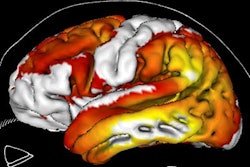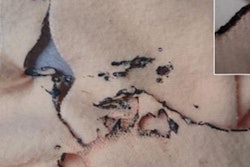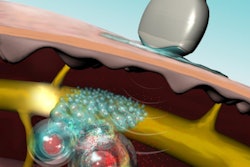Dear Molecular Imaging Insider,
A novel PET radiotracer known as fluorine-18 AV-1451 continues to advance research in the realm of neurodegenerative disorders such as dementia and chronic traumatic encephalopathy. Among the contributors is a group of Swedish researchers who are using AV-1451-PET to explore the onset of Alzhemer's disease.
AV-1451 is designed to bind to tau deposits, which are associated with the development of Alzheimer's. By detecting AV-1451 uptake with PET, the researchers have linked certain regions of the brain with the early or late onset of Alzheimer's disease and its symptoms. Read more about the fascinating findings.
Meanwhile, a French team is issuing an alert to radiology facilities after a recent incident in a PET/MRI suite. Copper fibers in a blanket used to cover a patient began to heat, causing the blanket to smolder and nearly catch fire. A recently implemented manufacturing process that leaves metal fibers in the hem of the blanket may have caused the accident.
In other molecular imaging news, U.K. researchers are on a mission to develop low-cost and nonionizing optical technology to improve early cancer detection. One of the goals is to improve the visibility of early cancer in the esophagus.
Hybrid modalities are quite proficient for a wide range of clinical applications, but detecting and diagnosing bone metastases apparently is not one of them. Danish researchers have found that SPECT/CT, PET/CT, and PET/MRI do not perform appreciably better than planar bone scintigraphy in assessing patients with bone metastases.
And Dutch researchers are giving the edge to PET over SPECT, coronary CT angiography, and hybrid variations of the three modalities in a head-to-head comparison to determine the most accurate modality for diagnosing myocardial ischemia in patients with suspected coronary artery disease.
Be sure to visit the Molecular Imaging Community on a regular basis to stay informed on the latest news and research from around the continent and the world.




















